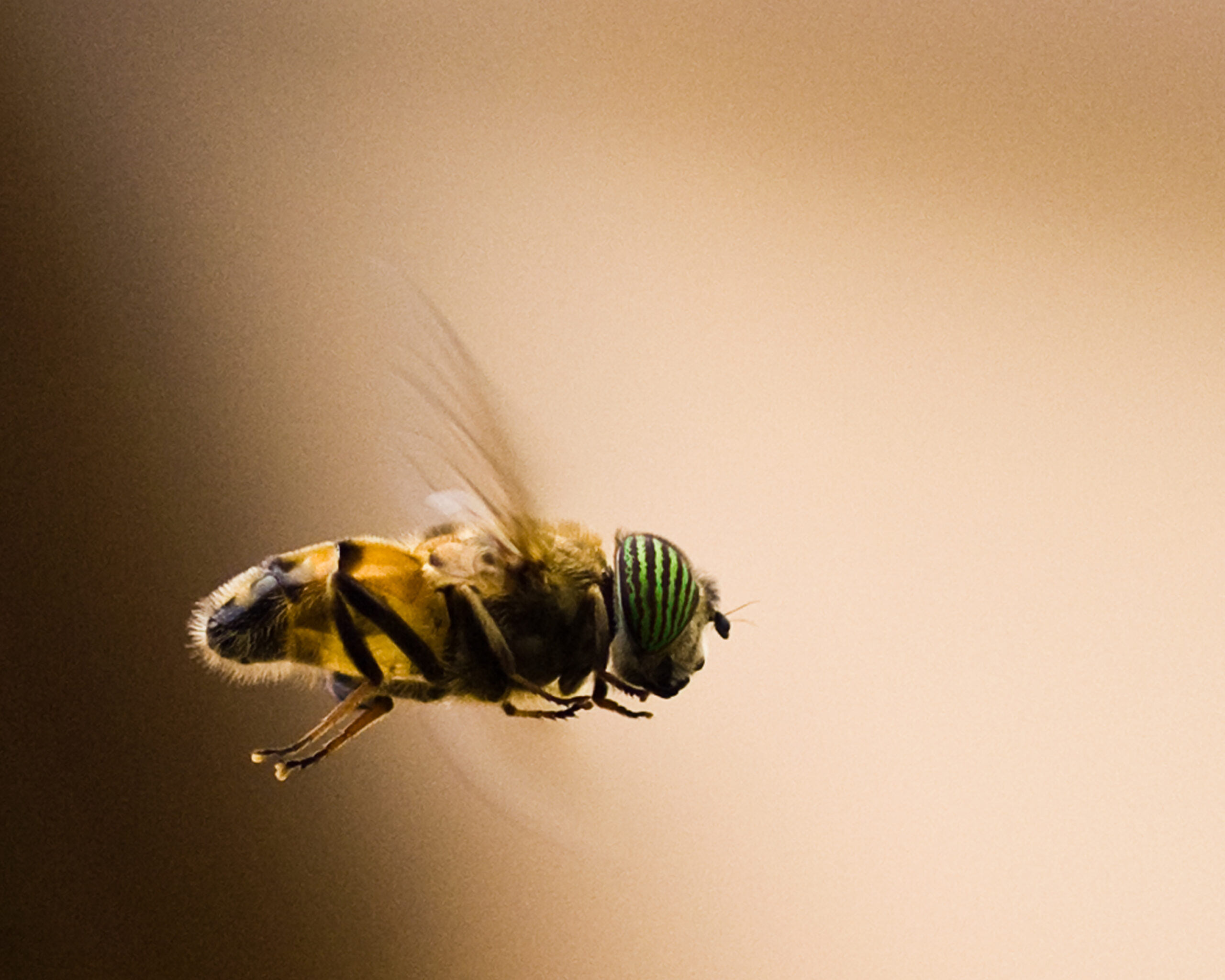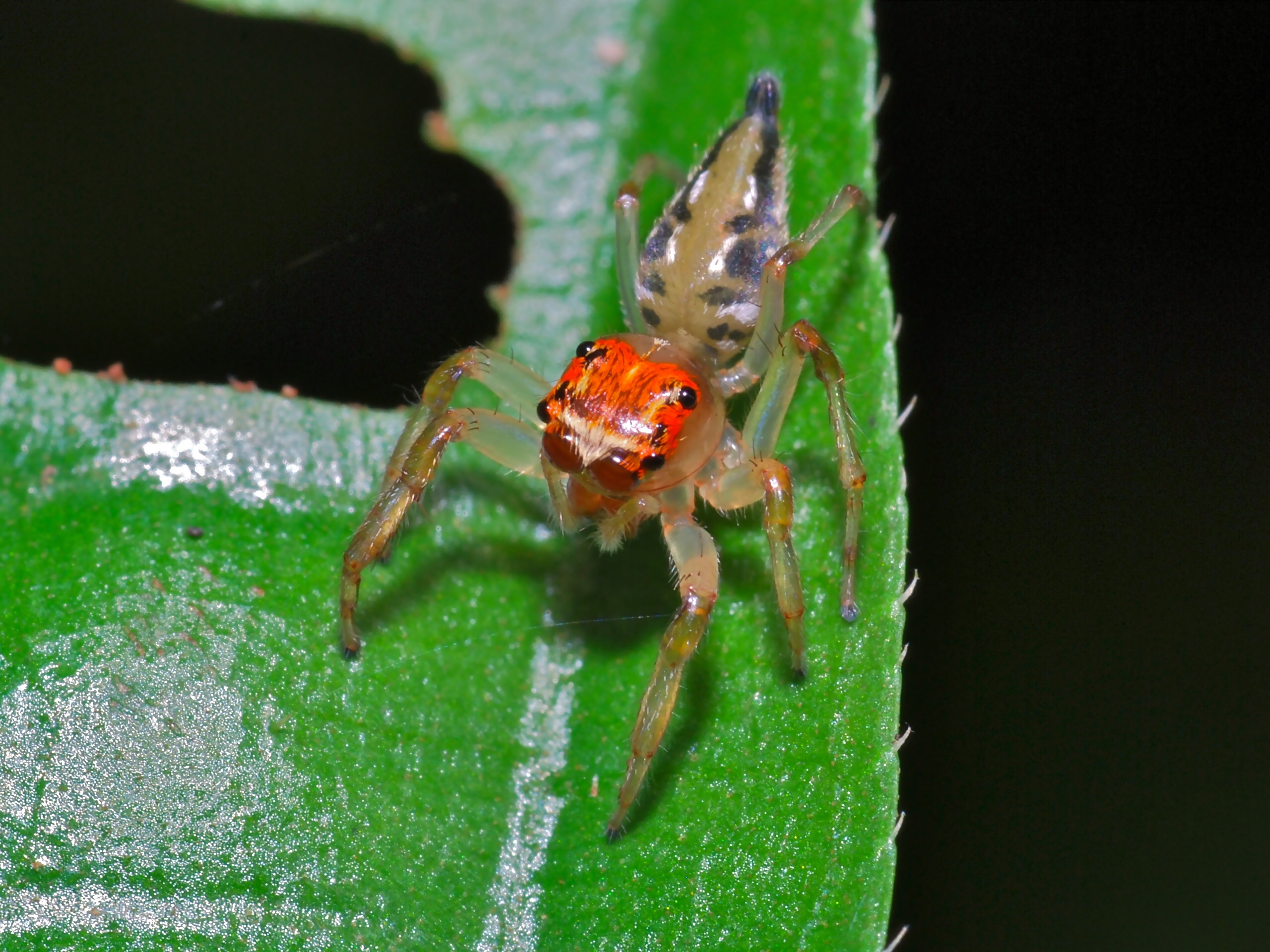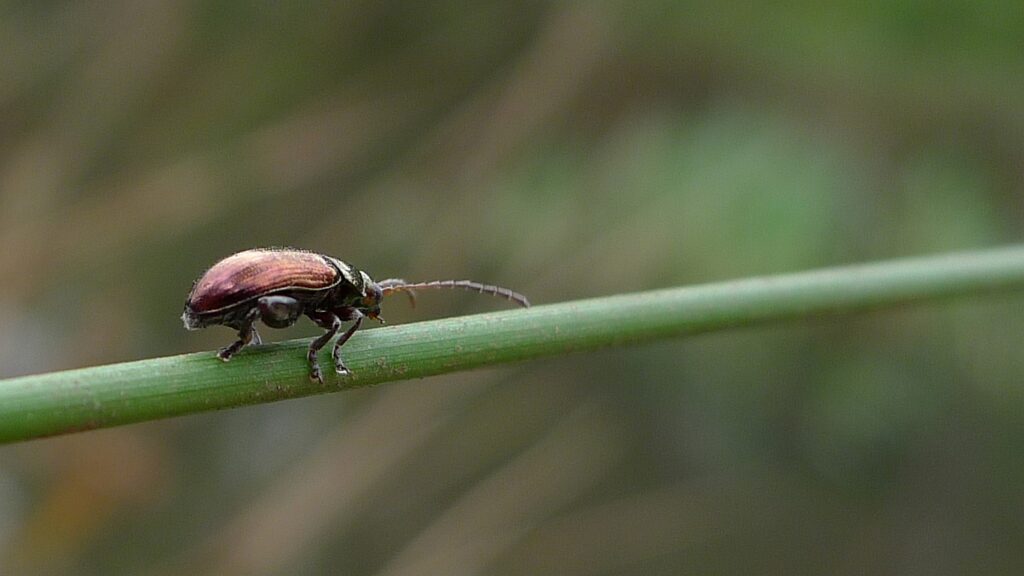Nature has a way of tricking us with its clever designs and misleading appearances. When you see a creature buzzing around your garden or hovering near a flower, your first instinct might be to assume it’s flying. But what if I told you that some of the most convincing “flyers” in the insect world are actually master illusionists, using techniques that have nothing to do with true flight? These remarkable creatures have evolved sophisticated methods to move through the air that will completely change how you think about insect locomotion.
The Science Behind Real Flight vs. Pseudo-Flight

True flight in insects requires the coordinated movement of wings that generate lift through aerodynamic principles. Real flying insects like bees, butterflies, and dragonflies have evolved complex wing structures and powerful flight muscles that can beat their wings hundreds of times per second. These creatures create controlled airflow patterns that allow them to maneuver with precision through three-dimensional space.
Pseudo-flight, on the other hand, relies on completely different mechanisms that mimic the appearance of flight without actually achieving sustained, powered aerial locomotion. These insects use techniques like gliding, jumping with extended hang time, or riding air currents to create the illusion of flight. The distinction might seem minor, but it represents millions of years of evolutionary adaptation to different environmental challenges.
Why Evolution Chose Deception Over Flight

The energy cost of true flight is enormous, requiring insects to maintain massive flight muscles and consume vast amounts of fuel. For many species, the metabolic demands of powered flight simply don’t justify the benefits, especially when alternative methods can achieve similar results. Evolution has consistently favored efficiency over perfection, leading to these ingenious pseudo-flight adaptations.
These “flying” insects have found ways to exploit physics, air currents, and biomechanics to achieve aerial mobility without the massive energy investment. Their solutions are often more elegant and sustainable than true flight, proving that sometimes the best answer isn’t the most obvious one. This evolutionary strategy has allowed these species to thrive in niches where traditional flyers might struggle.
The First Deceptive Flyer: Gliding Ants

Several species of tropical ants have mastered the art of controlled gliding, using their flattened bodies and specialized leg positioning to navigate through forest canopies. When these ants fall from trees, they don’t plummet to the ground like you might expect. Instead, they spread their legs wide, flatten their bodies, and use their streamlined shape to glide toward tree trunks with remarkable accuracy.
Research has shown that gliding ants can control their trajectory mid-air, adjusting their body position to steer toward their target. They achieve glide ratios that would make human wingsuit flyers jealous, covering horizontal distances of up to 50 times their body length. This ability allows them to maintain their position in the forest canopy rather than falling to the dangerous ground level where predators and competing colonies await.
How Gliding Ants Navigate Through Air

The biomechanics of ant gliding involve precise control of body segments and leg positioning that creates a surprisingly effective airfoil. These ants can actually see their target tree trunks during their glide and make real-time adjustments to their trajectory. Their compound eyes provide the visual feedback necessary for accurate landing, while specialized sensory organs help them detect air currents and adjust accordingly.
What makes this even more impressive is that gliding ants don’t just hope for the best when they launch themselves into the air. They can actively change their glide path by shifting their weight distribution and adjusting the angle of their legs. This level of control transforms what could be a deadly fall into a precise navigation tool that keeps them in their preferred forest layer.
The Jumping Spider’s Aerial Acrobatics

While not technically insects, jumping spiders deserve mention for their incredible “flying” abilities that put many true flyers to shame. These remarkable arachnids can leap distances up to 40 times their body length, creating the illusion of flight through sheer jumping prowess. Their legs act like springs, storing and releasing energy with perfect timing to achieve these spectacular aerial feats.
What makes jumping spiders particularly fascinating is their ability to change direction mid-jump, using silk threads as steering lines and safety nets. They can actually calculate trajectory, wind conditions, and landing sites before making their leap, demonstrating a level of cognitive processing that rivals much larger animals. Their “flights” are actually precisely calculated ballistic trajectories that they can adjust in real-time.
Springtails: The Microscopic Aerial Artists

Springtails are tiny hexapods that have perfected the art of ballistic flight using a specialized jumping mechanism called a furcula. This fork-like structure acts like a catapult, launching these minuscule creatures into the air with forces that can exceed 100 times their body weight. When you see clouds of tiny insects seemingly flying around disturbed soil or compost, you’re likely witnessing springtails in action.
The remarkable thing about springtails is their ability to control their landing despite having no wings or steering mechanism during flight. They use their body positioning and timing to achieve surprisingly accurate landings, often sticking the landing on surfaces that are only slightly larger than their own bodies. Their jumping ability allows them to escape predators and navigate through complex three-dimensional environments like leaf litter and soil layers.
The Springtail’s Catapult Mechanism

The furcula mechanism in springtails is one of nature’s most efficient catapult systems, storing elastic energy in specialized muscles and releasing it in milliseconds. This creates launch accelerations that would be lethal to larger organisms, but springtails’ tiny size and robust construction allow them to withstand forces that would crush other creatures. The speed of their launch is so fast that high-speed cameras are needed to capture the actual jumping motion.
Recent studies have revealed that springtails can actually control the direction and force of their jumps, suggesting a level of neuromuscular coordination that was previously unknown in such small organisms. They can adjust their jump angle and power based on the perceived threat level and available landing sites, turning their catapult system into a precision navigation tool.
Flea Beetles: The Deceptive Hoppers

Flea beetles earn their name from their incredible jumping ability, which creates the illusion of flight when they’re actually performing powered leaps. These small beetles can jump distances that are 50 times their body length, and their rapid-fire jumping creates a buzzing, flying appearance that fools casual observers. Their enlarged hind legs contain powerful muscles that work like biological springs, storing and releasing energy with explosive force.
What makes flea beetles particularly tricky to identify as non-flyers is their ability to chain multiple jumps together, creating sustained “flight” patterns that can carry them significant distances. They can also control their jump direction with remarkable precision, allowing them to navigate complex plant structures and escape predators with aerial maneuvers that rival true flying insects. Their jumping technique is so effective that they can actually outmaneuver many flying predators.
The Physics of Flea Beetle Jumps

The biomechanics of flea beetle jumping involve a complex system of muscle contractions, elastic storage, and rapid release that generates incredible power-to-weight ratios. Their legs act like biological catapults, with specialized proteins that can store elastic energy and release it faster than muscle contractions alone could achieve. This allows them to generate the explosive force needed for their impressive leaps.
The trajectory control exhibited by flea beetles involves sophisticated sensory feedback and muscle coordination that allows them to adjust their jump angle and force in real-time. They can actually calculate optimal jumping angles based on wind conditions, target distance, and obstacle placement, demonstrating cognitive abilities that were previously underestimated in such small creatures.
Click Beetles: The Acrobatic Escape Artists

Click beetles have mastered one of the most spectacular pseudo-flight displays in the insect world, using their unique body mechanics to launch themselves into the air with audible clicks. When threatened or flipped onto their backs, these beetles can catapult themselves up to 30 times their body length into the air, creating a startling display that often surprises both predators and observers. Their jumping mechanism is so powerful that the click sound can be heard from several feet away.
The most remarkable aspect of click beetle “flight” is their ability to right themselves mid-air and control their landing orientation. Unlike random projectiles, these beetles can adjust their body position during flight to ensure they land right-side up and ready for action. This aerial acrobatics ability makes them incredibly difficult for predators to catch and allows them to escape from seemingly impossible situations.
The Click Beetle’s Spring-Loaded Escape System

The clicking mechanism in these beetles involves a specialized hinge joint between their thorax segments that can store enormous amounts of elastic energy. When triggered, this biological spring releases all its stored energy in a fraction of a second, creating the explosive force needed for their dramatic launches. The system is so efficient that it can generate accelerations of over 400 times the force of gravity.
What makes click beetles even more impressive is their ability to control the timing and direction of their jumps based on environmental conditions and threat assessment. They can actually delay their jump response to optimize their escape trajectory, and recent research suggests they may be able to aim their jumps toward specific landing sites. This level of control transforms a simple escape reflex into a sophisticated aerial navigation system.
Aphids: The Wind-Riding Migrants

Many aphid species appear to fly when they’re actually riding air currents in a phenomenon called passive dispersal. These tiny insects can become airborne without any wing-beating motion, using their light body weight and specialized body positioning to catch and ride wind currents for miles. During mass migration events, millions of aphids can fill the sky, creating impressive aerial displays that look like coordinated flying but are actually sophisticated wind-surfing.
The ability of aphids to control their passive flight involves subtle adjustments to their body position and leg placement that allow them to influence their trajectory and landing sites. They can actually detect favorable wind conditions and time their launches accordingly, turning unpredictable air currents into reliable transportation systems. Some species can travel hundreds of miles using these techniques, achieving migration distances that rival birds and butterflies.
The Secret Lives of Pseudo-Flying Insects

These remarkable creatures have evolved parallel solutions to the challenges of aerial mobility, each finding unique ways to exploit physics and environmental conditions. Their pseudo-flight abilities often provide advantages that true flight cannot match, including energy efficiency, stealth, and the ability to function in conditions that would ground conventional flyers. These adaptations represent millions of years of evolutionary refinement and innovation.
The study of pseudo-flight has revealed principles that are now being applied to robotics and engineering, proving that nature’s alternative solutions often contain insights that surpass human technology. These insects demonstrate that the most effective solutions aren’t always the most obvious ones, and that evolutionary success often comes from thinking outside the conventional paradigms.
Conservation Implications for Non-Flying “Flyers”

Many of these pseudo-flying insects face unique conservation challenges because their specialized movement abilities depend on specific environmental conditions. Habitat fragmentation can disrupt the air currents that aphids rely on for dispersal, while deforestation eliminates the canopy structures that gliding ants need for navigation. Climate change affects wind patterns and temperature gradients that these creatures have evolved to exploit over millions of years.
Understanding the specific needs of pseudo-flying insects is crucial for developing effective conservation strategies that protect not just the species themselves but the environmental conditions that make their remarkable abilities possible. These creatures often serve as indicators of ecosystem health, as their specialized requirements make them particularly sensitive to environmental changes.
The world of pseudo-flying insects reveals that nature’s solutions to aerial mobility are far more diverse and creative than we might imagine. These remarkable creatures have evolved sophisticated alternatives to traditional flight that often surpass conventional flying in efficiency, control, and adaptability. From the precision gliding of tropical ants to the explosive jumping of click beetles, each species has found its own unique way to master the skies without wings.
Their stories remind us that evolution rarely follows the path we expect, instead finding ingenious solutions that work within the constraints of physics, energy, and environmental conditions. These insects prove that the most successful strategies aren’t always the most obvious ones, and that sometimes the best way to fly is to not fly at all. What other assumptions about the natural world might be hiding similar surprises?

